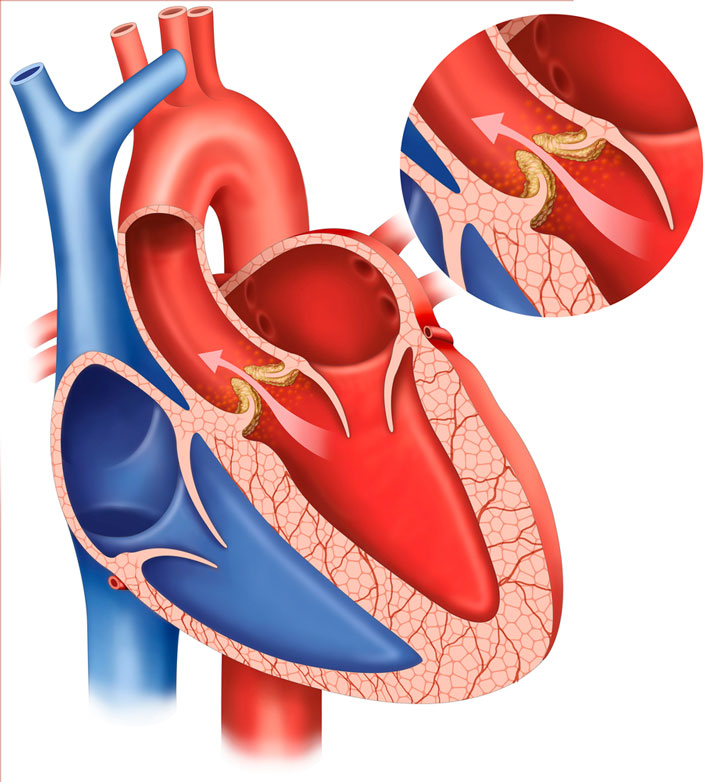Predicting – and defeating – a silent killer
A recent study from Edith Cowan University led a team of international researchers to discover that people who have abdominal aortic calcification (AAC) have a 2-4 times higher risk of a future cardiovascular event.
The study, which was published in last week’s Journal of the American Heart Association, could potentially help doctors identify people at risk of cardiovascular disease years before symptoms arise.
A build-up of calcium inside a major artery is a predictive factor for future stroke or heart attack, and what’s more, the study also found the more extensive the calcium in the blood vessel wall, the higher risk of future cardiovascular events. People with AAC or chronic kidney disease were at even greater risk than those from the general population.
Artery calcification stems from some familiar risk factors – poor diet, sedentary lifestyle, smoking, and genetics.
Saving lives and preventing problems
“Heart disease is often a silent killer as many people don’t know they are at risk or that they have the early warning signs, such as abdominal or coronary artery calcification,” said Josh Lewis, a Heart Foundation Future Leader Fellow and associate professor at Edith Cowan University’s School of Medical and Health Sciences. Lewis served as lead researcher in the study.
“The abdominal aorta is one of the first sites where the build-up of calcium in the arteries can occur – even before the heart. If we pick this up early, we can intervene and implement lifestyle and medication changes to help stop the condition progressing.”
Lewis hopes the research will lead to more people understanding their risk of heart attack or stroke and says that AAC can signal an early warning for doctors to investigate their patient’s risk.
“The findings are promising,” added Amanda Buttery, the Heart Foundation’s manager of clinical evidence. “We would like to see more research in this area.”
Read the study abstract here.
SOURCE: Edith Cowan University


















